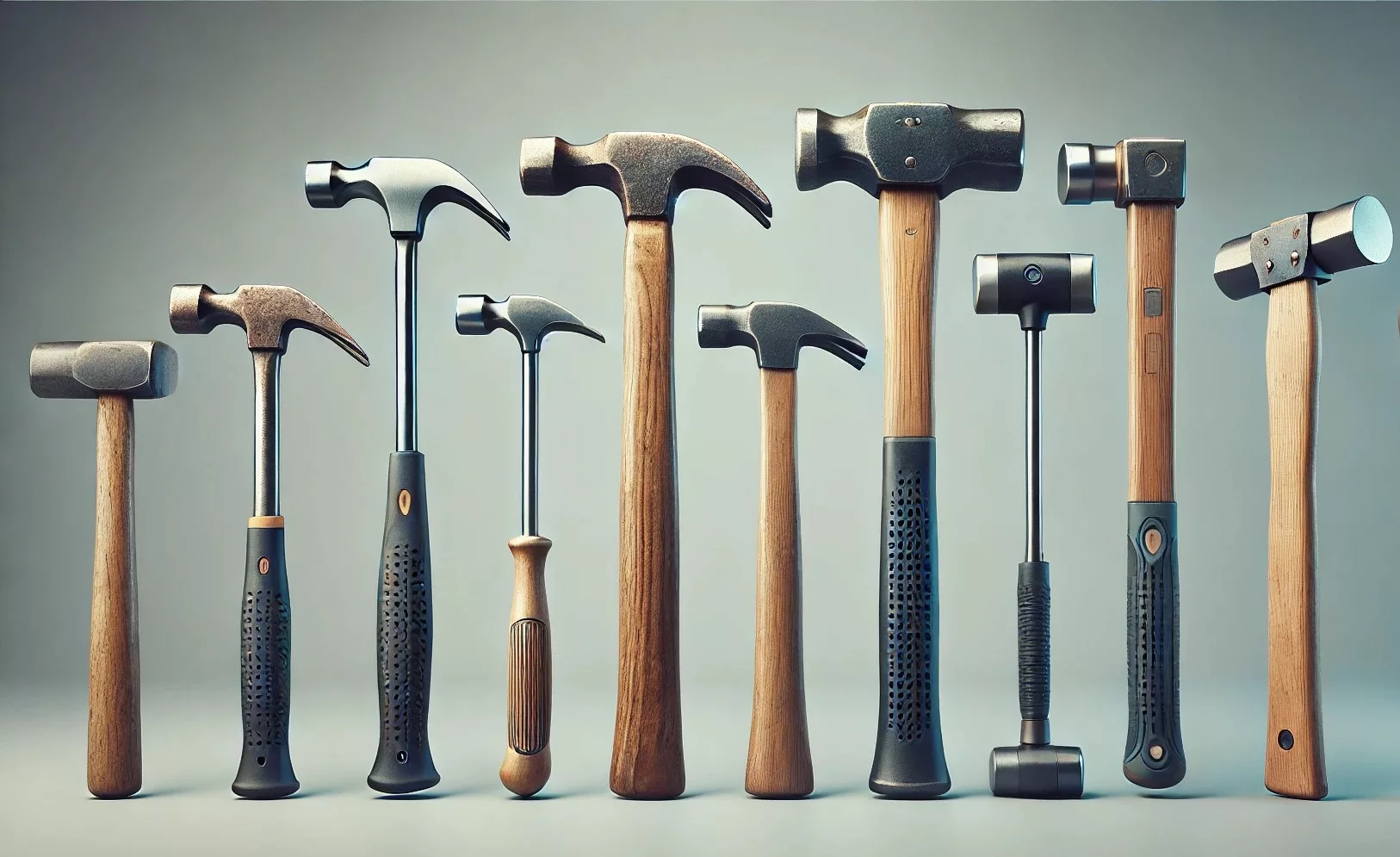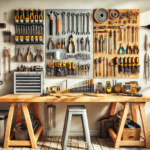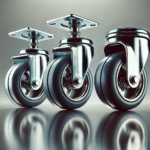
Introduction
Hammers are versatile handheld tools that have been used for centuries. From construction and carpentry to crafting and home repair, these tools play a significant role in manipulating objects. Understanding the fundamentals, different types, and uses of hammers can significantly improve your tool selection and project outcomes. In this ultimate guide, we will comprehensively discuss everything you need to know about these indispensable tools—including their anatomy, significance, standard types, selection parameters, and safety and maintenance needs.
What is a Hammer? Definition and Key Components
A hammer is a multifunctional hand tool designed to drive nails, break apart objects, and shape materials in various applications. These versatile tools perform different tasks by delivering a forceful impact to an object. They typically consist of a heavy “head” attached to a long handle. Every hammer, regardless of its specific design, consists of the following basic components:
- Head: The part, usually made of metal, that delivers the force.
- Face: The striking surface of the head, often flat but can be textured depending on the hammer type.
- Claw/Peen: The opposite side of the head, which may be a claw for pulling nails or a peen for shaping metal.
- Handle: The grip, usually made of wood, fiberglass, or metal, providing control and leverage.
Why Are Hammers So Essential? A Brief Look at Their Significance
The significance of hammers lies in their versatility and power. At their core, hammers are tools of force, providing a simple yet effective means to apply concentrated power. Their versatility makes them indispensable across a myriad of maintenance and repair tasks for professional and everyday use. In essence, their role is irreplaceable, and they enable precision and control in tasks like driving nails, shaping materials, and breaking objects.
Common Types of Hammers Explained: Get To Know Their Varieties
Hammers are available in various types, each designed for specific tasks. Some of the most common types and their functions include:
Claw Hammers
A claw hammer is the most recognised and commonly used household hammer. It features a flat head for driving nails and a claw for removing them. Due to its versatility, claw hammers are widely used in carpentry and DIY projects, making them a staple component in every tool kit.
Sledgehammers
Sledgehammers are large, heavy-duty tools with long handles and massive heads. They are heavy and are ideal for demolition tasks, including breaking concrete, masonry, or driving stakes into the ground.
Ball Peen Hammer
These tools are designed for metalwork. They feature a flat face for striking and a rounded peen for shaping metal. They’re commonly used in the automotive and mechanical industries for tasks like riveting and shaping metal components.
Mallets
Unlike other hammers, rubber mallets have softer heads made of wood, rubber, or plastic. They are designed to prevent damage to delicate surfaces. Mallets are used in woodworking, carpentry, and crafting to drive chisels gently or assemble joints without leaving marks.
Dead Blow Hammers
A dead blow hammer minimises rebound and contains sand or shot inside its head. It is highly effective for delivering controlled force to prevent damage to the workpiece. These tools are commonly used in automotive and industrial applications to reduce damage to surfaces or precision components.
Specialised Hammers for Unique Tasks: Beyond Standard Usage
Not all hammers are made for general purposes. Some are specially designed for specific tasks. However, these include upholstery hammers, mason’s hammers, framing hammers, and blacksmithing hammers.
Choosing the Right Hammer for the Job: Choose Smartly
Selecting the right hammer depends on the type of project you are tackling. For example:
- General Household Repairs: Use a claw hammer to drive and pull nails.
- Metalworking: A ball peen hammer is ideal for metalwork, shaping, and riveting.
- Demolition Work: A sledgehammer provides the power you need to break down walls or concrete.
- Delicate Work: Use a rubber mallet to avoid damaging the surfaces you’re working with.
Safety First: Expert Safety Tips for Using a Hammer
Using a hammer might seem simple, but improper use can cause injury and damage to components. Some of the essential tips for using a hammer effectively and safely include:
- Wear Safety Glasses: Always wear protective eyewear to prevent injury from flying nails or other debris.
- Use the Correct Hammer: Match the hammer to the job. Using a hammer that’s too light or too heavy can lead to accidents.
- Check for Damage: Inspect your hammer before use. Make sure the head is secure and the handle is intact and not cracked.
- Avoid Overstriking: Hitting the workpiece with the handle rather than the head can cause the handle to break.
Hammer Maintenance and Care: Easy Steps for Every User
Hammers are durable tools but require regular maintenance to remain effective. Some maintenance tips include:
- Keep the head clean and rust-free: Wipe down the metal parts after each use to prevent rust.
- Tighten loose handles: If the handle loosens over time, use wedges or adhesive to secure it.
- Store in a dry place: Exposure to moisture results in rust or damage to wooden handles.
- Sharpen peens or chisels: For hammers like bricklayer’s hammers, maintaining a sharp edge on the chisel end ensures precise work.
Final Thoughts & Recommendations
Hammers are indispensable tools with a broad spectrum of applications across different settings. From the versatile claw hammer to specialised tools, there’s a hammer for every job. Understanding the various types of hammers and using them properly will not only improve your work efficiency but also ensure the tools’ safety and longevity. With proper maintenance and care, a good hammer can last longer, making it a smart investment for any tool kit.





















